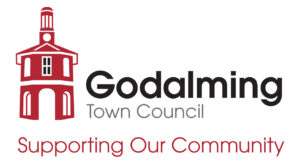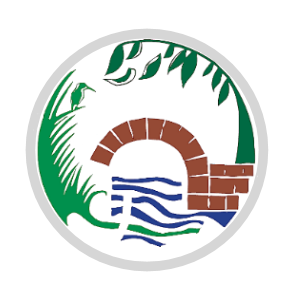We took a ‘Snapshot’ of the River Wey Catchment!
This past Saturday, in honour of World Water Day (March 22), volunteers gathered at ZERO Guildford to help us take a ‘snapshot’ of water quality over the entire river’s catchment. Together, we sampled at 122 locations!
This event would not be possible without the great efforts by all the volunteers, the support of ZERO Guildford and the River Wey Trust, and generously funded by Godalming Town Council. Thank you for making it happen.
In the numbers!
- 60 people joined us for the event and training at ZERO Guildford
- 12 volunteers helped sign up new volunteers and taught them how to use the ktis
- 62 registered data collectors
- Almost 100 people were shown how to use the kits, including the kayak club youth!
- All together, we collected data at 122 locations (that’s 1,830 datapoints)
Where is the River Wey Catchment?
Located in southeast England, the The River Wey Catchment starts in Haslemere (Southern Branch) and Alton (Northern Branch), meets in Tilford, flows through Godalming, Guildford, and Woking, and into the Thames. Other tributaries (those are smaller waterways that ‘contribute’ to the main waterway) include the Addlestone Bourne, River Tillingbourne, River Ock, Oakhanger, Hollywater, Frensham ponds, Virginia Water, Hoe Stream, Caker stream, and more! There are 42 waterbodies in this catchment. You can explore them on the Environment Agency Catchment website. As you can see, we have our work cut out for us.
Why we’re testing
After some digging, it wasn’t clear to us what the status of the water quality is right now. Assessments don’t happen all the time, and many of the sampling spots haven’t been tested in the past year. We decided to host this event because:
- Wide sampling will help us get a ‘snapshot’
- Always testing everywhere is not sustainable
- Through testing, we’ll determine places we’d like to monitor regularly to use our funding and volunteers effectively!
- We can do seasonal ‘snapshots’ once or twice a year to reassess and see if we’re making progress
Our goal is that our data (alongside other testing) helps inform infrastructure planning, restoration efforts, and reassessments. Plus, it builds our community of water protectors, ready to do what needs to be done to make progress! From our results, this group of volunteers will work with the catchment partnership to co-develop three goals for us to help work on (e.g. change the Tillingbourne status to good), with some achievable and measurable short-term projects.

How we determined testing locations
Asking for at least 100 new sample locations to be tested is a lot. We thought that revisiting locations that are part of regular testing as well as upstream and downstream from points of interest (e.g. water treatment outflows, major roads, etc) would be best. Thanks to Emma Pelham from Surrey Wildlife Trust and Simon Browning/ Alex Adam from the Rivers Trust for helping us pre-populate our map with locations from the official sampling sites. Without their help, it would have been a logistical nightmare.
We then asked our volunteers to go to those spots, and, based on safety and to ensure we weren’t trespassing, adjust the sampling location to a reasonable location. We pre-populated the map with over 200 locations, so we’ll have to determine if we want to test there later.
What we tested
We asked volunteers to take a visual assessment (flow, colour, smell, water uses, etc), weather, air temperature, water temperature, pH, alkalinity, hardness, nitrates, and phosphates (natural levels of nutrients are detectable in the UK). Each participant took away a small testkit, which included custom instructions and field sheets. We used a combination of google maps, google forms, and the Water Rangers platform to help participants choose locations.

A successful training session
Thanks to all the volunteers that helped train our new volunteers and get them signed up for sample locations and to ZERO Guildford for hosting us (and being the catalyst for our growth in the UK!). What a team effort. A special shout out to Godalming town Councillors Steven Williams, Clare Weightman, and Alex Adam, who joined in the action.



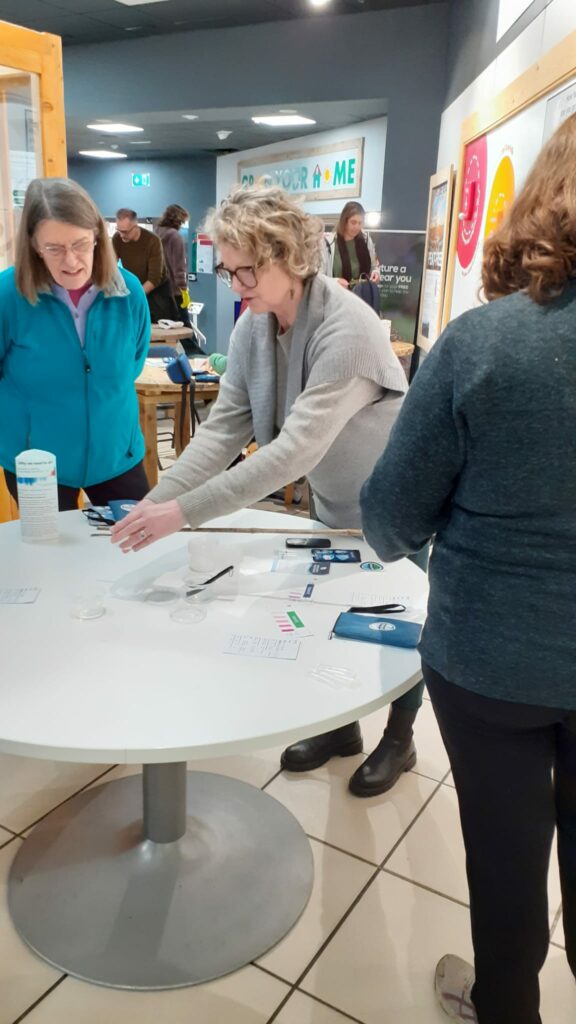
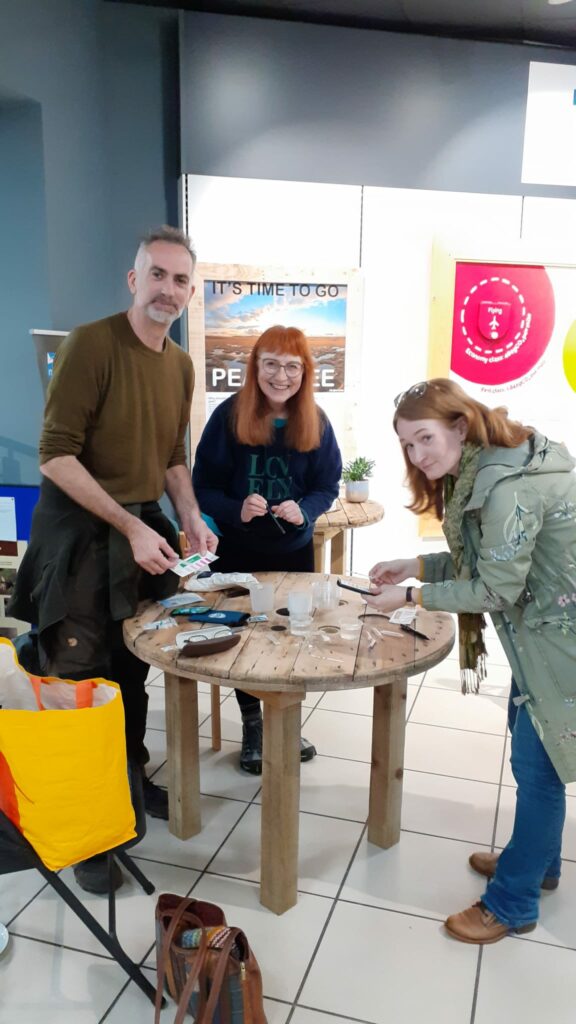

Fun from the field
Thanks to all the participants who sent in action shots. One highlight was Pip and Kerry teaching the next generation of water protectors at the Kayak club. Check out our testers in action!

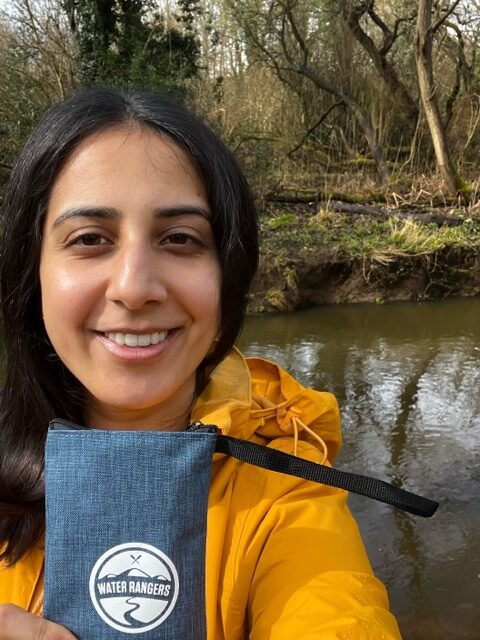
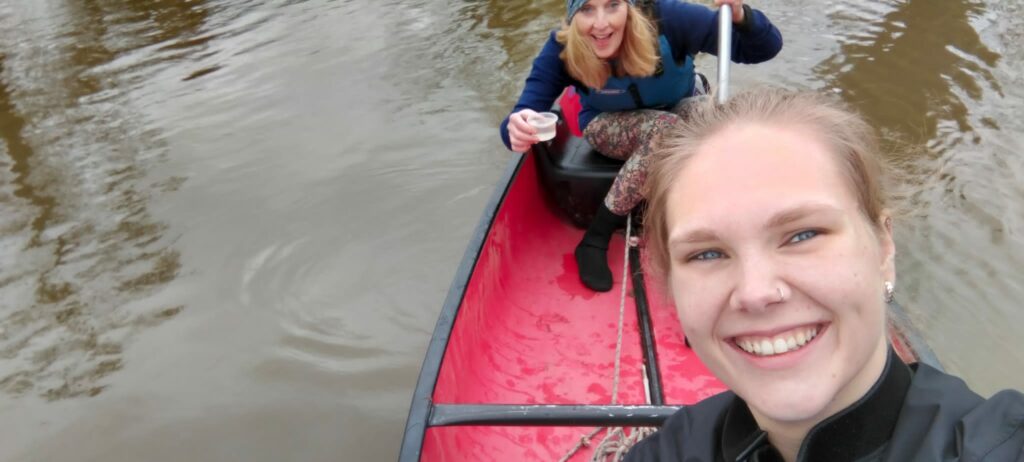


Next steps
We will be working with some experts to interpret the data and determine ‘hot spots’ and areas of interest. From there, we’ll look for great ways to make a difference for the catchment. Watch this space!
In the meantime, we encourage you to have a look at all the great data our volunteers collected.
